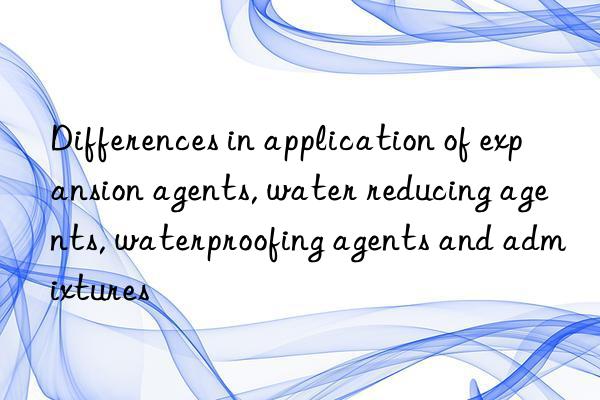
Abstract: According to the measurement results of the anti-permeability properties of concrete mixed with expansion agents, water-reducing agents, waterproofing agents and admixtures, different materials should be selected for different types and different strength levels of concrete used in the project. Improve the crack and seepage resistance of concrete.
Keywords: concrete; polypropylene fiber; expansion agent; water reducing agent; waterproofing agent; admixture.
Polypropylene fibers, expansion agents, water-reducing agents, waterproofing agents and admixtures have an important impact on the crack resistance and impermeability properties of concrete, but their mechanisms of action and scope of application are quite different, and must be based on the specific conditions of the project. Feel free to use the above materials. The main problems existing in practical applications at present are: First, use waterproofing agents. Generally, no matter what the grade of concrete is, whether it is large-volume concrete or not, since it is waterproof, waterproofing agents are used; second, using expansion agents, as long as there is impermeability The expansion agent must be used if required; thirdly, regardless of whether the design considers shrinkage compensation, because the concrete with water-reducing agent and admixtures, the concrete impermeability grade can generally reach P6, P8, so some units believe that water-reducing agent is added The impermeability level of concrete with admixtures has been improved a lot, and waterproofing agents and expansion agents are no longer needed. This paper studies the permeability of concrete at different strength levels and using different materials. </p

 微信扫一扫打赏
微信扫一扫打赏

